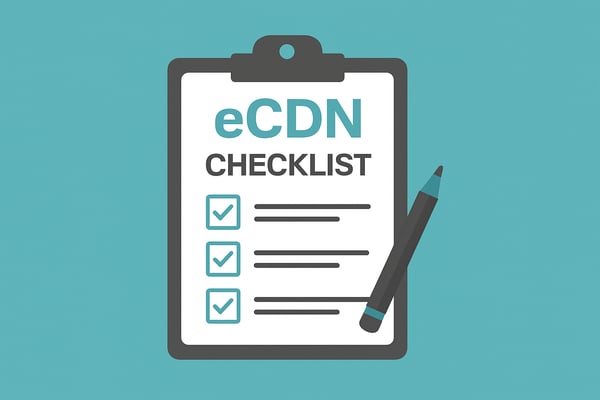
The business blog
All blog posts


What comes after observability? Going beyond the basics.

Why enterprises are replacing hardware-based eCDNs with software-first video delivery

Streaming video analytics: Understanding the impact of enterprise video communication

Live stream monitoring: A crucial component of internal enterprise video communication

Revolutionizing communication: Network video distribution in video conferencing systems

Are your video meetings vulnerable to cyber attacks? Here's how to protect your organization

The importance of preemptive live stream testing in enterprise video

Best practices for enhancing internal enterprise video communications

Optimizing enterprise video streaming: Boosting efficiency and engagement

How Fortune 500 companies are rethinking internal live video – and why you should too
